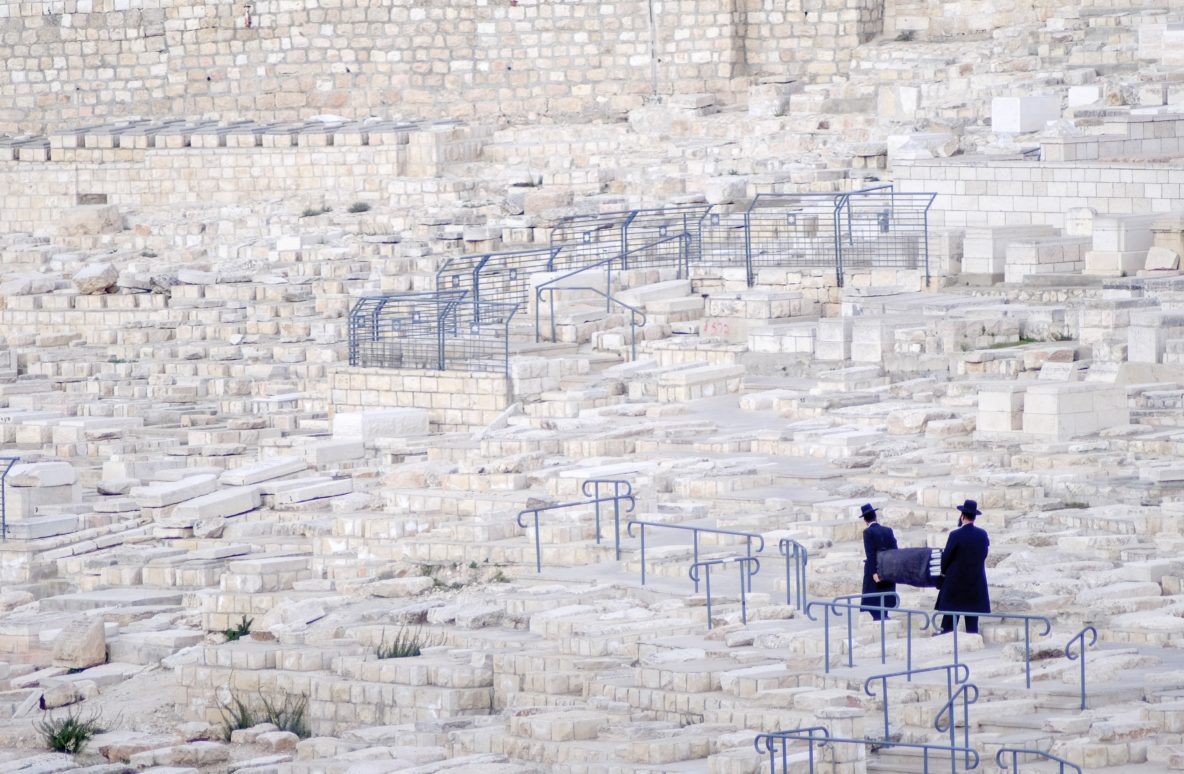ISRAEL (BP) — They’re only 7 millimeters wide, but these coins appear to be a big find.
The Temple Mount Sifting Project recently discovered five rare coins dating from the 4th century B.C. This doubles the number unearthed so far and provides some of the earliest evidence of Jewish coin minting in Israel.
According to The Times of Israel, the coins come from around the period of time described in Ezra and Nehemiah.
The two biblical books record the Jewish people returning to Jerusalem and beginning the construction of the Second Temple by the decree of Cyrus the Great, the king of Persia.
The coins were minted when the Jews were allowed semiautonomous rule of a province called Yehud Medinata with Jerusalem as its capital under the Persian Empire.
“These were the first coins ever minted by Jews,” Zachi Dvira, co-director of the Temple Mount Sifting Project, told YNet. “They express the people’s return to their land after the Babylonian exile and their ability to hold and maintain diplomatic ties with the ruling empire.”
Three of the coins have visible markings, but two others have become too worn to read. The marked coins point to a Jewish culture heavily influenced by outside forces.
Drawing from the Athenian Oboi, the most popular coin of the time, these Jewish coins feature the same barn owl design, but change the Greek abbreviation of Athens to a Hebrew abbreviation of the province.
“The only Jewish symbol on these coins is the lily, characteristic of Jewish art in Jerusalem and a frequent design used in the Temple,” wrote Yaakov Meshorer, a now-deceased Israeli coin expert, in a 1978 Biblical Archaeology Review article about other similar coins.
The Times of Israel said there were five local coin mints in the land of Israel during the time of the Persian Empire — the Jerusalem, Philistian, Edomite, Samarian and Dor classes.
The newly discovered coins are part of the Temple Mount Sifting Project, which takes earth removed from the Temple Mount by Muslim administrators and combs through it looking for artifacts.
Work began in 2004 and close to 70 percent of the recovered dirt has been sifted. Dvira assumes the project will find more coins in the remaining earth.
The coins aren’t the only significant archaeological discovery made by the sifting project. Previously, researchers found what they contend is a seal belonging to a priest from the First Temple in Jerusalem.

